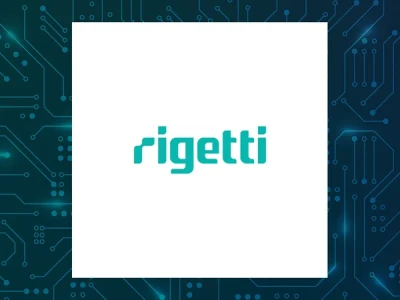The Columbus Day Bank Closures: A Stress Test for a System in Transition
On Monday, October 13, 2025, a predictable and seemingly trivial event will occur: a significant portion of the American banking sector will shut down for 24 hours. Wells Fargo, Bank of America, Citibank, and others will lock their doors in observance of Columbus Day, a federal holiday. The surface-level narrative is simple—it’s a day off, mandated by a tradition established back in 1968. ATMs will work, mobile apps will function, and the world will keep spinning.
But treating this as a simple scheduling note is a failure of analysis. This coordinated shutdown is not just a calendar entry; it’s a data point. It’s a clean, annual stress test that reveals the operational fissures running through the financial industry. When we look not at the event itself, but at the pattern of who closes and who remains open, a far more interesting picture emerges. It’s a story about legacy infrastructure, strategic positioning, and the slow, grinding evolution of what it means to be a bank in the 21st century.
The initial data set is straightforward. The institutions closing are the usual suspects: Wells Fargo, Bank of America, Capital One, PNC Bank, and Santander. These are behemoths, deeply integrated into the federal rhythm. Then we have the outliers: Chase Bank and TD Bank, which have confirmed they will remain open for business. The immediate question isn't "Why Wells Fargo and major banks are closing for 24 hours?" The correct question is, "Why is there a divergence in behavior among institutions of comparable scale?"
The standard explanation—observing a federal holiday—is incomplete. It’s a public relations statement, not an operational strategy. The decision to stay open is an expensive one, involving holiday pay for staff and logistical coordination. For a bank like Chase to make that choice, its internal calculus must show that the benefits of being "always on" outweigh the costs. This isn't about patriotism; it's about market signals. Chase and TD Bank are signaling to the market and their customers that their operational model is less constrained by the old federal calendar. They are positioning themselves as utilities, more akin to an internet service provider than a traditional government-adjacent institution.
A Tale of Two Infrastructures
This divergence is best understood as a clash of two different operating philosophies, rooted in two different technological eras. The banks that close are, in many ways, like legacy mainframe systems. Their architecture is powerful and immense, but it was built around the concept of scheduled downtime. They are designed to sync with an external clock—in this case, the federal government's. Their operational tempo, their payroll systems, their inter-bank settlement processes are all hardwired to this national cadence. Closing for Columbus Day isn't just a choice; it's the path of least resistance for a system designed decades ago.

The banks that stay open, by contrast, are signaling an aspiration toward a cloud-native model. Their goal is continuous uptime. The decision to operate on October 13 is a deliberate, costly demonstration of operational independence. They are betting that a growing segment of the customer base values accessibility over tradition. And this is the part of the analysis that I find genuinely puzzling. We lack the internal data to see if this bet pays off. Does the foot traffic on a federal holiday justify the expense? Or is it purely a marketing play—a loss leader designed to build a brand identity of perpetual availability?
I've looked at hundreds of these types of operational announcements, and this particular pattern is unusual because the split isn't between small and large banks. It's a split among the giants. The fact that Chase, an institution of similar scale to Bank of America, chooses a different path invalidates the simple explanation that "big banks close." The variable here isn't size; it's strategic intent.
This holiday is a perfect, low-stakes environment to observe these competing strategies. The majority of major banks will close—well, to be more precise, five of the top seven by branch count will. This creates a temporary market inefficiency. For one day, customers of Wells Fargo or Citibank who need an urgent, in-person transaction (like a cashier's check for a last-minute closing) are effectively locked out. Where do they go? Potentially to a competitor. How many new accounts does Chase or TD Bank open on days like this? The numbers are likely small, but the long-term brand impression is cumulative.
This dynamic also reflects the broader consolidation happening in the industry. We see reports of deals like the one involving Fifth Third Bank and Comerica Bank, where regional players merge to achieve the scale necessary to compete. In this environment, every operational decision is a competitive one. Staying open on Columbus Day is the retail banking equivalent of offering free shipping—a service differentiator that chips away at the market share of less agile incumbents.
An Anomaly in the Data Stream
The Columbus Day closure is a scheduled anomaly, a predictable dip in the data stream of American commerce. But its true value lies in what it illuminates about the system itself. It reveals a two-tier banking structure that has little to do with assets under management and everything to do with operational philosophy. On one side, you have the institutions that operate as extensions of the federal calendar—reliable, massive, but inherently inflexible. On the other, you have players who are actively trying to decouple from that rhythm, betting that the future of finance is defined by constant access, not by synchronized pauses. This 24-hour closure isn't just about a holiday; it's a snapshot of a sector in the midst of a quiet, fundamental identity crisis.

